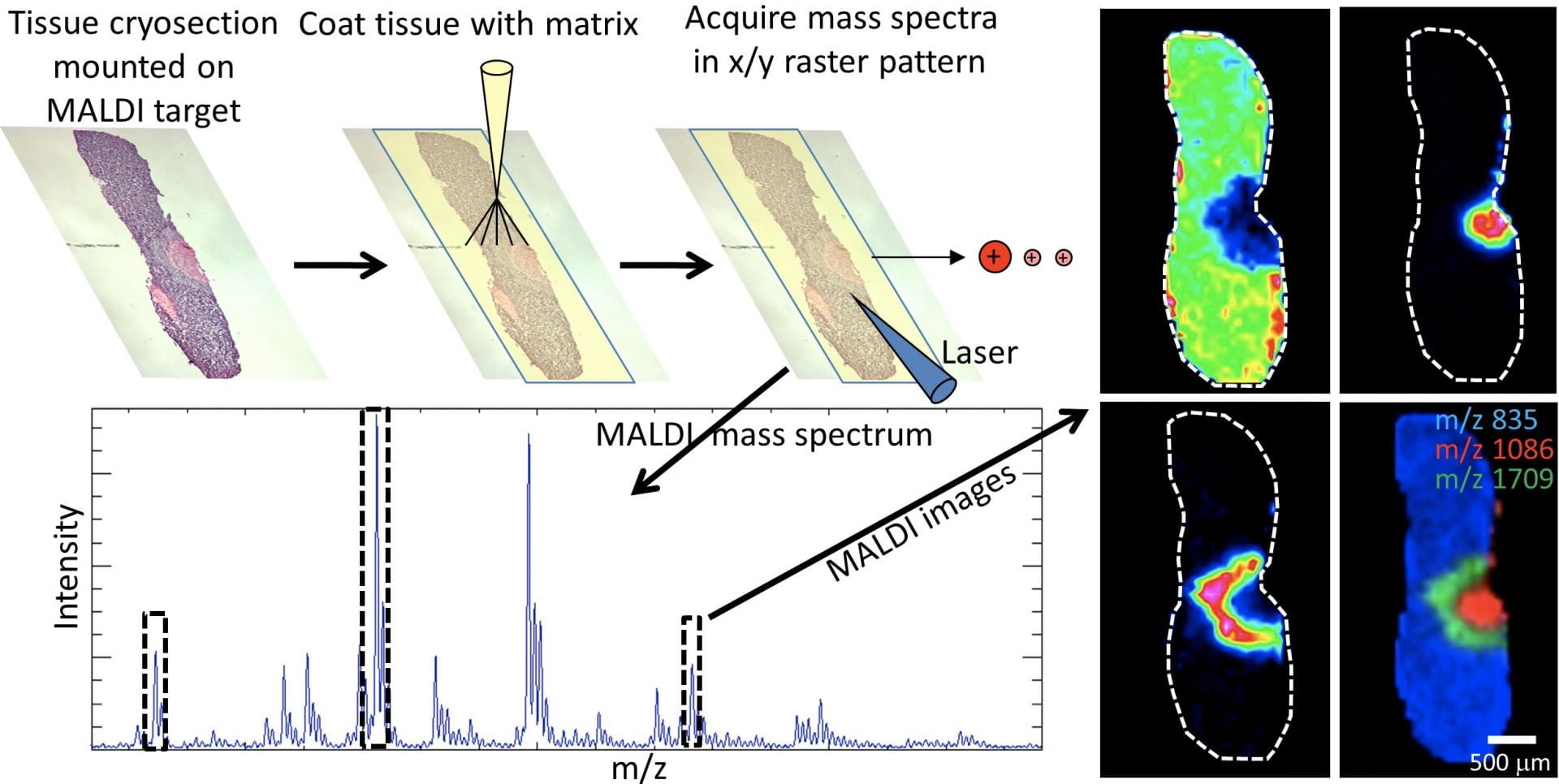Understanding Equine Cushing’s Disease to improve horse and human health
A/P Kathy Mountjoy and Dr Gus Grey, Department of Physiology, SMS, FMHSIntroduction
Equine Cushing’s Disease, also known as pituitary pars intermedia dysfunction (PPID), is a common endocrine disease in horses. The underlying cause involves damage to the brain pathway that regulates melanocortin hormones produced from pro-opiomelanocortin (POMC) in the pituitary pars intermedia. POMC is cleaved into several peptides in the pituitary pars intermedia and it is unknown how each one of these is affected in Equine Cushing’s Disease.
Supervisors: A/P Kathy Mountjoy and Dr Gus Grey, Department of Physiology, SMS, FMHS
Collaborator: Dr Emma Gordon, Equine surgeon, Massey University, Palmerston North
Seeking: BSc (Hons), BBiomed Hons, Masters and PhD students with a passion for multidisciplinary biomedical research.
Objective
This project will apply state-of-the-art MALDI imaging mass spectrometry technology to identify and map POMC cleavage products through horse pituitary. MALDI imaging mass spectrometry is a proteomic technique that combines the specificity and sensitivity of mass spectrometry with spatial information to map tissue-wide distribution of multiple analytes simultaneously, directly from a single tissue section.
Significance
Understanding Equine Cushing’s Disease will advance understanding melanocortin hormone physiology and ultimately lead to improvements for horse and human health.
To apply, go to:
https://www.findathesis.auckland.ac.nz/research-entry/10464409
or contact: Dr Kathy Mountjoy (kmountjoy@auckland.ac.nz) or Dr Gus Grey (ac.grey@auckland.ac.nz)
Tissue cryosections are collected and prepared for MALDI mass spectrometry with 10-200μm spatial sampling. Lipids (A) and peptide hormones (B, C) were detected in specific lobes of the mouse pituitary.

